Festival of Lights
Many beautiful organisms exist in the ocean of Datai Bay.
During the day, the sunlight penetrates into the water to showcase vibrant, colourful marine creatures. But when and where light is absent, there is a different sort of light show.
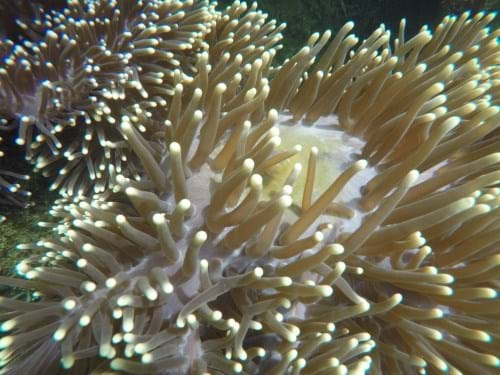
Vibrant sea anemone in the Datai Bay.
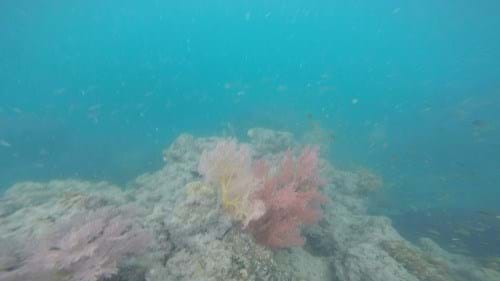
Colourful sea fans by the Anak Datai Island.
In the dark waters of the deep where sunlight barely penetrates pass 200m of water, some animals have a special ability: creating their own light. This is called bioluminescence and the anglerfish is a famous example of a bioluminescent animal.
Having light-emitting pigment called luciferin and the enzyme luciferase, plus the help of oxygen, the anglerfish gets to light up the end of a line on its head (called the esca) to lure smaller organisms for food.
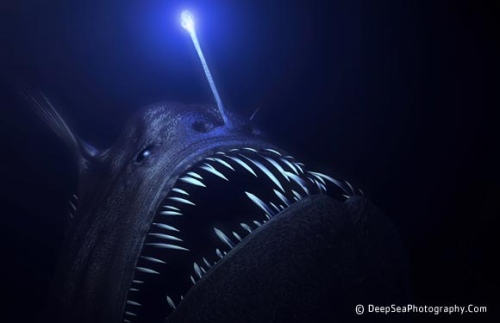
The black anglerfish, Melanocetus johnsonii, uses bioluminescence for hunting. Picture credit.
Another example of a bioluminescent animal is the firefly squid, Watasenia scintillans, though it creates light not for hunting, but for protection! The firefly squid produces light to camouflage in brighter surface waters when it comes up from the deep, dark waters to hunt. The light produced matches the surrounding surface waters, hence appear to be “invisible” to its predators.
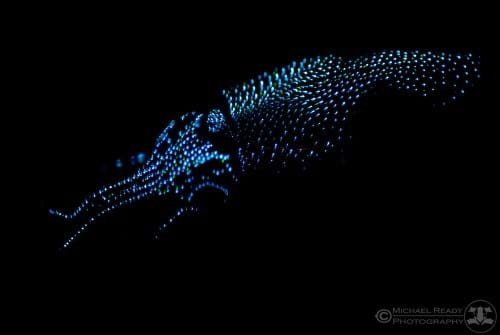
The firefly squid showing off its ability to produce light. Picture credit.
Also using bioluminescence for protection are tiny microscopic planktonic organisms: the dinoflagellates.
These microscopic beings are ubiquitous in the ocean and are responsible for many beautiful pictures of beaches lighted up in blue. These dinoflagellates will only produce light when there is a disturbance in the water that “excites” them, very much like how a disturbance is created when a small fish or a larger zooplankton would hunt for them in the water at night.
The swimming motion of their predator will cause them to release light via bioluminescence to attract the predator of whatever is predating on them! Since a mechanical disturbance is all you need to get the dinoflagellates to produce light, the water under a travelling boat at night could glow in the blue light.
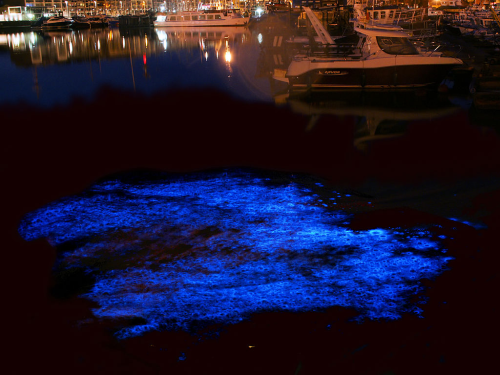
A bloom of bioluminescent dinoflagellates is a pretty sight. Picture credit.
Though no bloom of bioluminescent dinoflagellates has been recorded in Datai Bay, these dinoflagellates are present in the water.
All you need to do to see them is to visit the beach at about 10:00 pm, pick a dark spot, carefully go into the water about knee deep, and splash the water with your hand.
You will definitely see sparks of blue in the splashes.